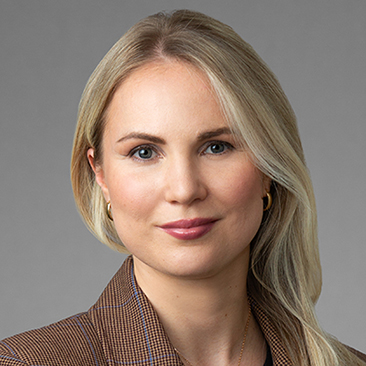The recent budget flagged the re-introduction of preferential creditor status for the UK tax authority (HMRC) in insolvencies in certain limited circumstances.
The changes will be effective from 6 April 2020 (no draft legislation is available yet) and will provide for HMRC to become a preferred creditor in relation to, in broad terms, amounts collected by the insolvent company on behalf of HMRC. The type of taxes that a company is likely to have collected on behalf of HMRC, referred to by the Chancellor as “taxes paid in good faith by its employees and customers but held in trust by the business” which are to be covered here include: (i) VAT collected on sales; (ii) taxes payable by employees collected by the employer (such as PAYE and employee NICs); and (iii) construction industry scheme deductions.
It was, however, confirmed that the current order of preference will remain in place in relation to other claims against the insolvent company (for example, HMRC will remain an unsecured creditor in relation to other taxes such as corporation tax owed by the company itself on its own profits).
It is only relatively recently that HMRC’s status as a preferential creditor was abolished (by the Enterprise Act 2002 (“EA 2002”) from 15 September 2003). The abolition of HMRC’s preferred status was part of a package of changes which included some give and take elements, including the introduction of the rules relating to the ‘prescribed part’ of the amount available to floating charge holders being set aside for the benefit of unsecured creditors. At the time, the precursor White Paper1 to the EA 2002 deemed it to be “more equitable” to restrict or abolish the Crown preference and was seen as an attempt to redress the balance between different categories of creditors where a company restructuring was in prospect and, in particular, provide a higher realisation for unsecured creditors.
While we await the details of the proposed new rules it is worth noting that, if introduced as proposed, they may result in some interesting issues around quantification and calculation of the amounts in respect of which HMRC has preferential creditor status. This will in turn lead to increased costs and uncertainty around the assets remaining for floating charge holders and unsecured creditors. In some cases, depending on the business, the re-ordering of preferences may result in material amounts being removed from the pool of assets available to floating charge holders and unsecured creditors.





















